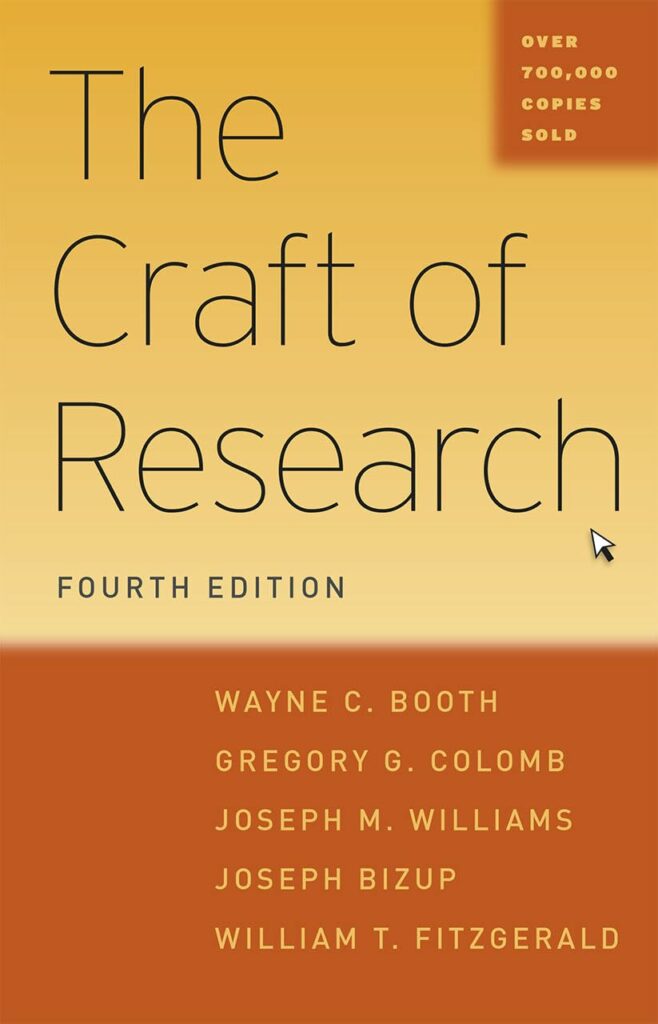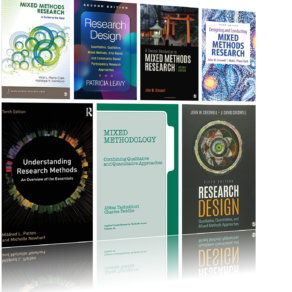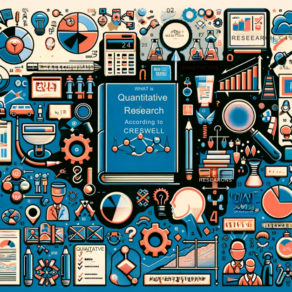“The Craft of Research” is a foundational text for anyone delving into research, written by Wayne C. Booth, Gregory G. Colomb, and Joseph M. Williams, with its fourth edition now refined by Joseph Bizup and William T. FitzGerald. It’s a tome I’ve turned to repeatedly, a beacon during my doctoral studies and beyond, offering a universal blueprint for navigating the research process.
In this post, I will summarize the core principles and insights that make “The Craft of Research” an indispensable guide. From defining a research question to constructing a compelling argument and engaging with your audience, I aim to highlight the essential strategies and wisdom this book provides.
The Craft of Research Summary
“The Craft of Research,” now in its fourth edition, is a detailed guide that helps turn a simple curiosity into a serious research project. It’s written for everyone from business people to students, and it doesn’t just talk about the basic steps of doing research. Instead, it shows how to make research interesting and relevant to others.
The book starts by helping readers find a good research question, one that other people will also want answers to. It then teaches how to build strong arguments, use sources wisely, and present findings in a way that others will respect and believe. A big part of the book is about understanding how your audience thinks and making your research something they will care about.
It’s divided into five main parts. First, it talks about why research is important and how to connect with your readers. Next, it goes into how to come up with questions, find the right problem to solve, and where to look for information. The middle sections are all about how to make a good argument and write it in a way that convinces others. Finally, it ends with advice on being ethical in your research and tips for teachers.
Photo: Amazon
This book is great because it’s useful for all kinds of research, no matter what subject you’re interested in or how you like to gather information. It acts like a helpful guide, showing the way through the sometimes tricky path of doing good research.
Throughout the book, the authors emphasize that doing research is more than just gathering facts. It’s about telling a story that connects with others and adds something valuable to the big conversation on the topic. “The Craft of Research” is like having a wise mentor, offering lessons that stick with you long after you finish reading.
The book covers everything from how to turn a general interest into a specific research question, how to form arguments that make people take your work seriously, how to deal with criticism, and how to make your writing clear and engaging. It’s designed to make the research process clear from start to finish, making it an essential tool for anyone looking to conduct thorough and impactful research.
Related: 12 Good Books on Qualitative Research
Final thoughts
In conclusion, “The Craft of Research” is a text I’ve personally found indispensable, one that has been dog-eared and annotated through countless projects. Booth, Colomb, and Williams, along with Bizup and FitzGerald in the latest edition, have created a mentorship in print, providing wisdom that is as applicable to the first-year college student as it is to the seasoned researcher. The thoroughness of their approach in creating arguments and communicating results bridges the gap between novice enthusiasm and scholarly rigour.








